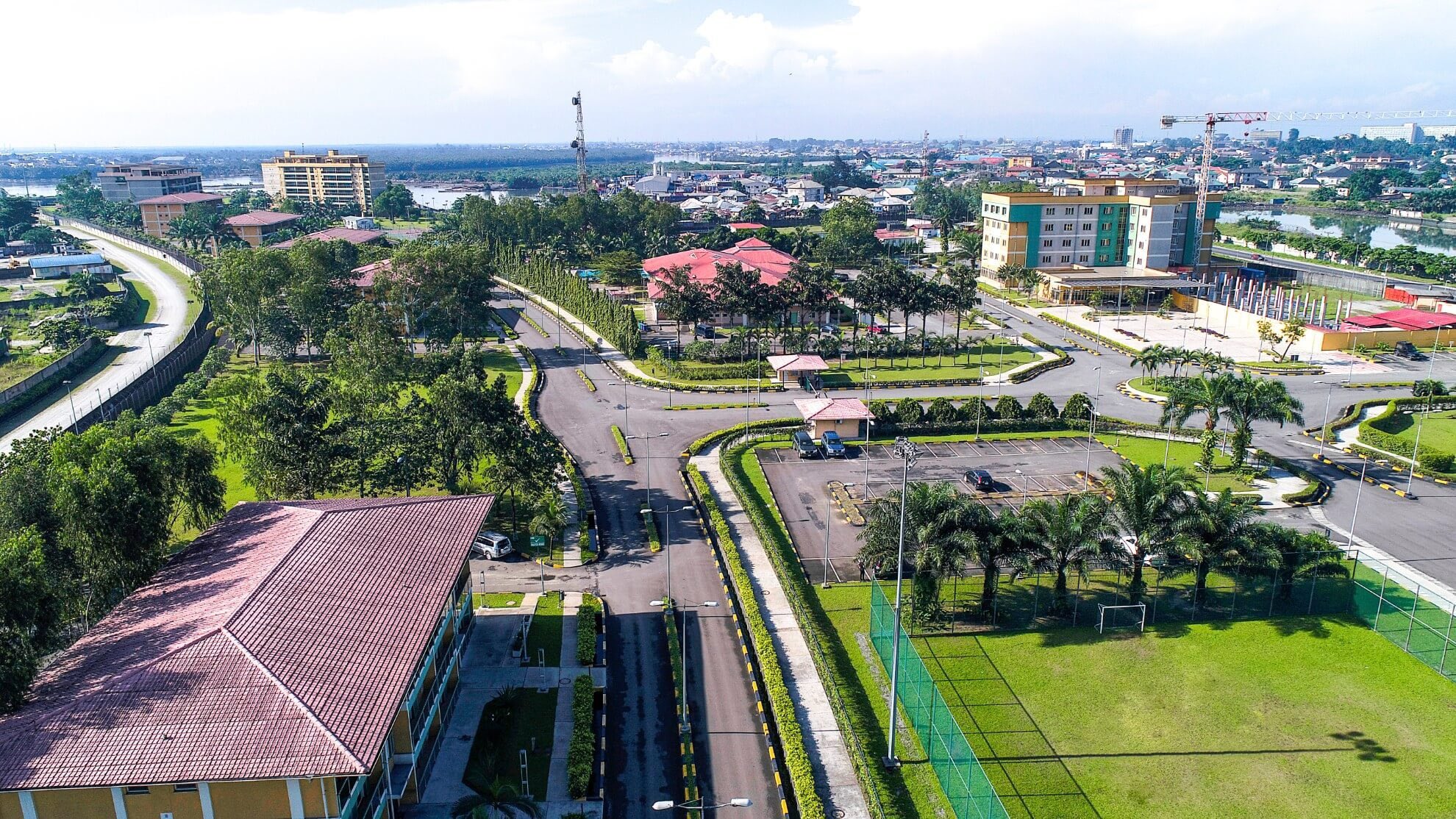The Central Bank of Nigeria (CBN) has assured government agencies and entities that the new 75 percent cash reserve ratio (CRR) on non-Treasury Single Account (TSA) public sector deposits will not prevent them from accessing their funds.
The clarification follows the Monetary Policy Committee’s (MPC) recent decision to introduce the new reserve requirement as part of broader measures to curb excess liquidity and support the ongoing disinflation drive. Non-TSA public sector deposits refer to funds belonging to government ministries, departments, agencies, parastatals, and state-owned enterprises that are still held in commercial banks rather than consolidated under the TSA.
Under the new policy, commercial banks are required to set aside 75 percent of such deposits as reserves with the CBN. Despite the higher reserve requirement, the apex bank emphasised in a frequently asked questions (FAQ) document published on Tuesday that account holders will continue to have full access to their funds.
“Funds belonging to these accounts are safe and accessible at commercial banks at any time,” the CBN stated. “Commercial banks have in-built mechanisms for managing liquidity and meeting legitimate obligations of all their customers, including owners of these accounts.”
The central bank added that it supports banks’ liquidity management through its standing lending facility, ensuring that obligations to account holders are met without disruption.
In the same policy meeting, the MPC announced a reduction in the CRR for commercial banks from 45 percent, a move aimed at easing liquidity constraints and creating more room for lending to the private sector. “The recent reduction in the CRR seeks to ease the liquidity burden on commercial banks, thereby providing more room for productive lending and intermediation, while maintaining sufficient sterilisation to guard against inflationary pressures,” the CBN noted.
The committee also narrowed the standing facilities corridor around the Monetary Policy Rate (MPR) to +250/-250 basis points from the previous +500/-100 basis points, effectively introducing a symmetric corridor. According to the apex bank, this adjustment is designed to minimise volatility in overnight rates, deepen interbank market efficiency, and strengthen the transmission of monetary policy decisions.
The new measures are part of ongoing efforts by the CBN to balance liquidity management with economic growth objectives. By tightening control over excess liquidity while supporting credit expansion, the central bank aims to sustain disinflation momentum, stabilise prices, and improve the flow of credit especially to businesses, including MSMEs in the broader economy.










